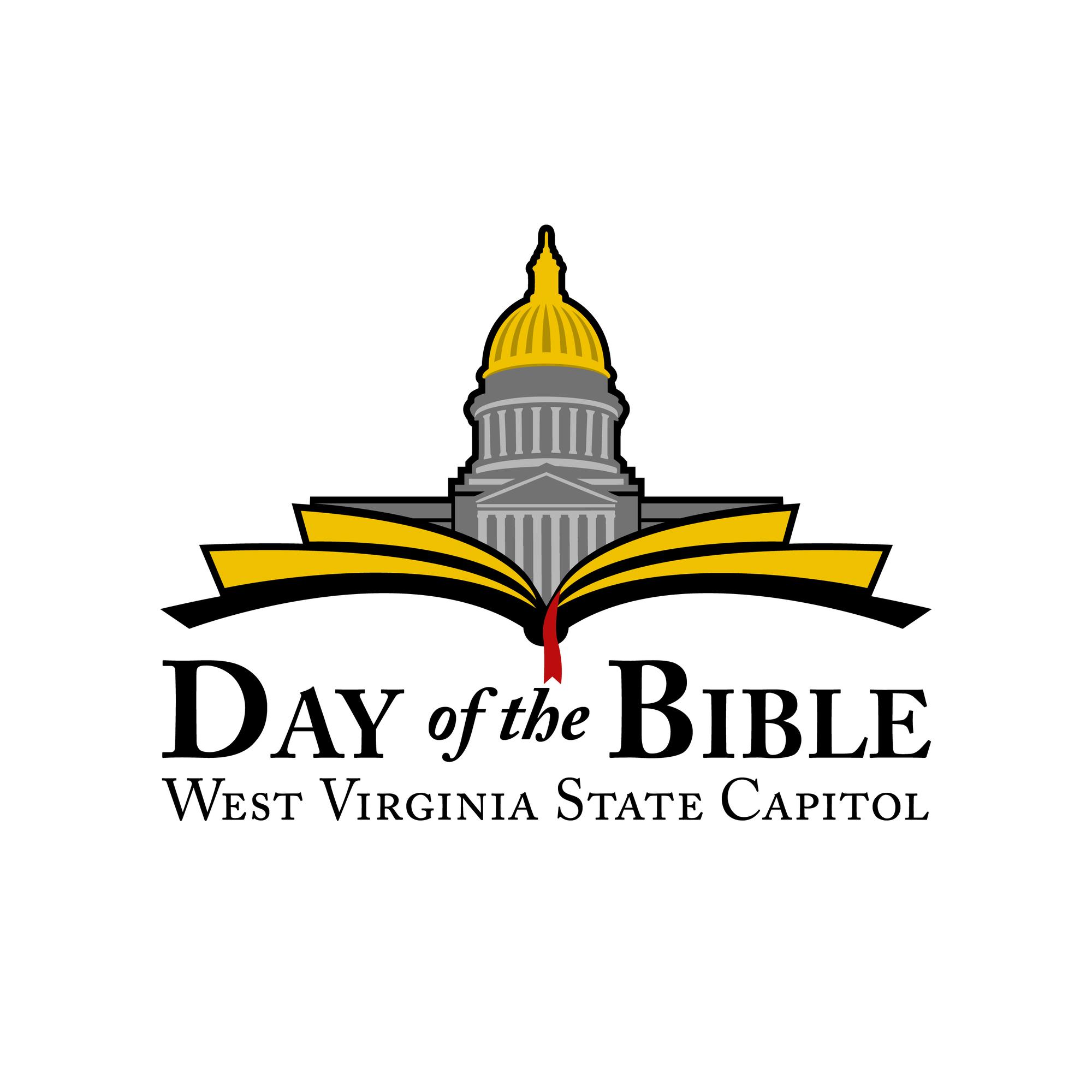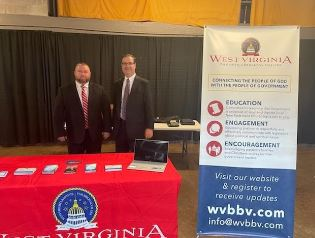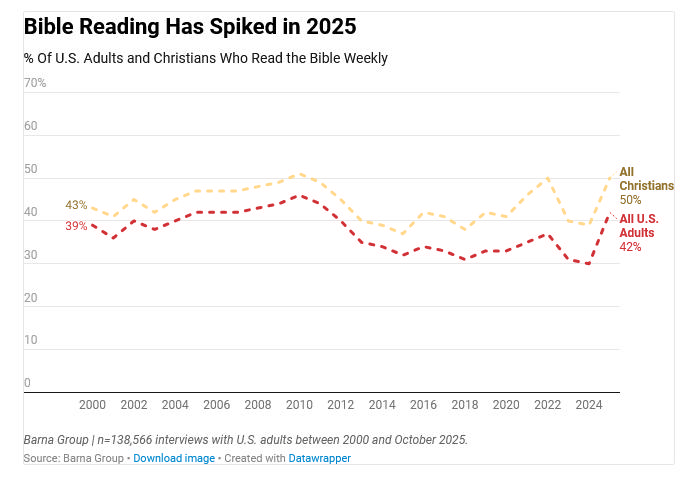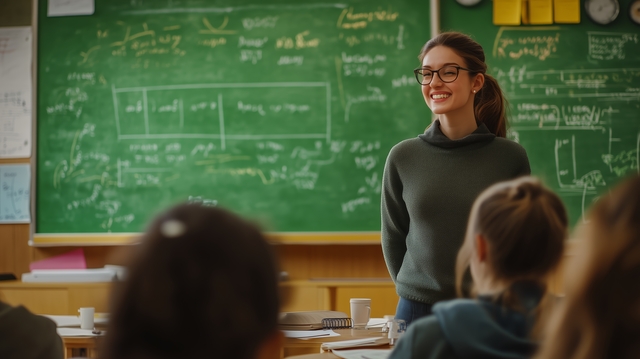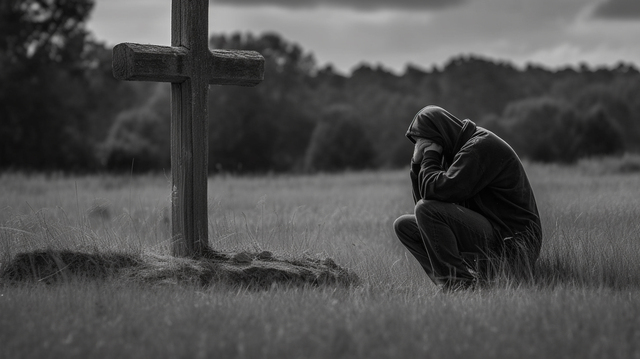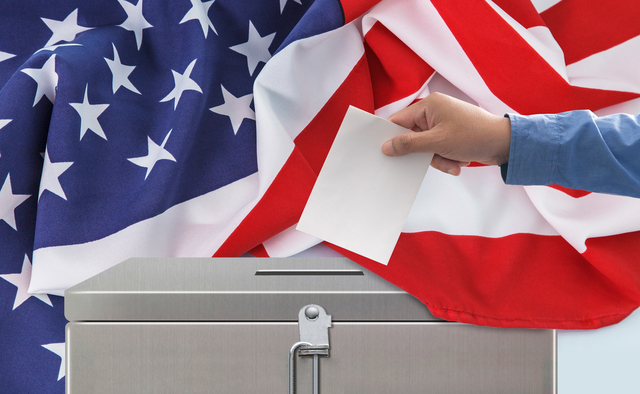Discover the Truth Behind the Hope Scholarship
Education is a Priceless Opportunity; even more valuable than the Hope Diamond

Some critics argue that the Hope Scholarship takes money away from public schools, leaving them worse off. But is that really the case? What’s the truth behind the Hope Scholarship, and why is it such a precious opportunity for the children of West Virginia—like the Hope Diamond of education?
Using data from the WV Department of Education, PEIA, Education Next, WV Metro News, and other reliable sources, we’ve put together a comprehensive summary of key facts. Let’s dispel the myths and uncover the immense value this scholarship brings to our state.
West Virginia’s Student Landscape: Why the Hope Scholarship Matters
West Virginia educates approximately 284,000 K-12 students, with about 245,000 enrolled in public schools. The remainder—around 26,000—are homeschooled, and another 12,000 attend private schools. This diversity in educational choices is exactly why the Hope Scholarship exists, offering families more flexibility and control. The WV Supreme Court’s ruling that the program is legal solidifies its place in our state’s education system, as vital to our future as any diamond would be in a crown.
Education Spending: A Smart Reallocation of Funds
West Virginia spends nearly $4 billion on education annually—around $14,000 per student. With contributions from the state, local, and federal governments, education funding is already robust. The Hope Scholarship doesn’t add new expenses; instead, it reallocates funds to give families more educational options without detracting from public schools. It’s a rare gem that enhances the system rather than diminishing it.
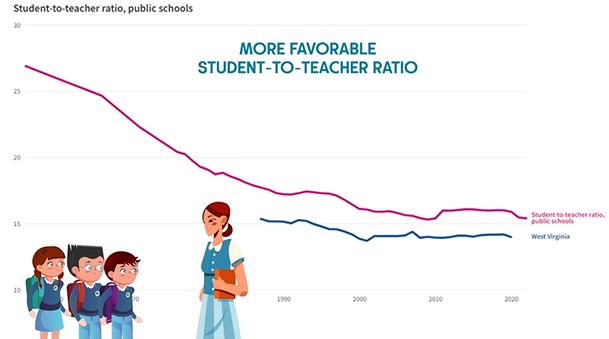
Student-to-Teacher Ratios: A Continued Advantage for West Virginia
For years, West Virginia has maintained a more favorable student-to-teacher ratio compared to the national average. Even with the introduction of the Hope Scholarship, this balance will remain intact. The declining public school enrollment has outpaced reductions in teaching staff, ensuring that students in public schools continue to benefit from smaller class sizes. It’s a win-win situation.
The Hope Scholarship: A Financial Boon, Not a Burden
By the 2026-2027 school year, an estimated 50,000 students could be using the Hope Scholarship, costing the state around $250 million. But here’s the catch: the scholarship doesn’t increase state spending. Through natural teacher attrition and existing vacancies, West Virginia can save $123 million while keeping its favorable student-to-teacher ratio. If our ratio matched the national average, the savings could fully fund the Hope Scholarship—like finding a treasure chest hidden within our existing resources.
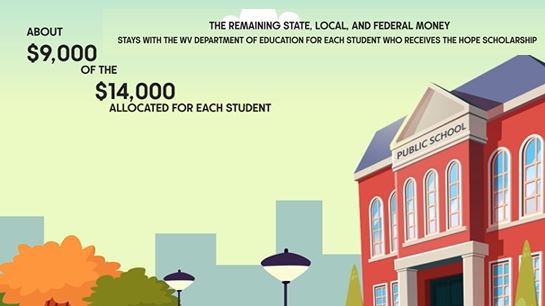
Public Schools Benefit Too
A common misconception is that the Hope Scholarship drains funds from public schools. In reality, for every student who leaves for the scholarship, the West Virginia Department of Education retains about $9,000 of the $14,000 per-student allocation. If 50,000 students opt for the Hope Scholarship, that’s $450 million staying with public schools—funding they can reinvest to raise teacher salaries, improve facilities, or enhance student resources.
The Hope Scholarship: A Jewel for All West Virginians
Here’s what you can share with friends, neighbors, and even legislators when the topic of the Hope Scholarship comes up:
- Empowerment for Parents: The Hope Scholarship gives parents a genuine choice in their children’s education, letting them select the best fit for their needs and values.
- A Boon for Public Schools: Public schools retain significant funding for students they no longer educate, meaning more resources for those who stay.
- Maintaining Class Size Benefits: Even with the shift to non-public schools, West Virginia will continue to have better student-to-teacher ratios than the national average.
- No Teacher Layoffs: The program can be funded through natural attrition and existing vacancies—ensuring no mass layoffs of teachers.
- Healthy Competition: By fostering competition between public and private schools, the Hope Scholarship improves the overall quality of education, benefiting all students.
The Hope Scholarship is not just a program; it’s a game-changer for West Virginia education. Like the Hope Diamond, it shines with unparalleled potential, offering value far beyond what first meets the eye.
If you’re excited about sharing this bright future with others, just click the share button for your preferred social media platform or the red button to contact your legislator about this priceless opportunity!

HGN Staff
His Good News magazine seeks to unite and empower parents, educators, legislators, and voters in West Virginia to support and advance Christian education, religious freedom, and conservative values. By fostering a strong Jesus-based foundation within our communities, we can influence legislation, protect religious freedoms, and ensure that our children receive a quality Christian education.




